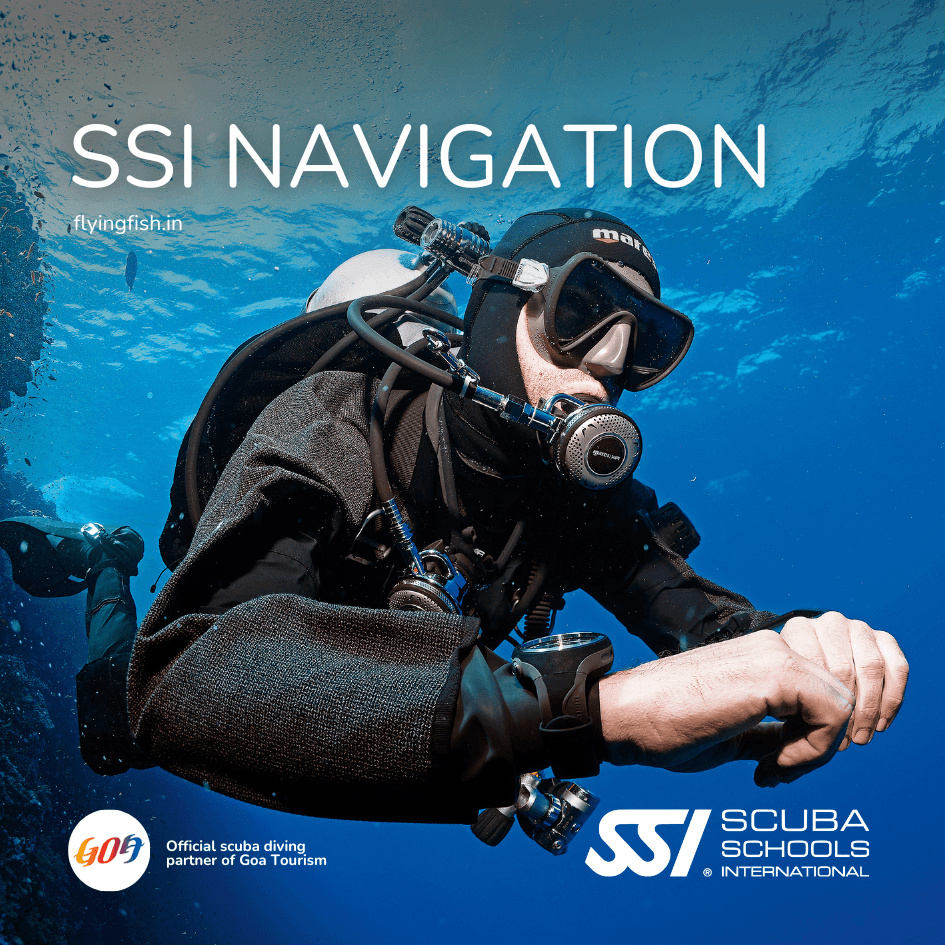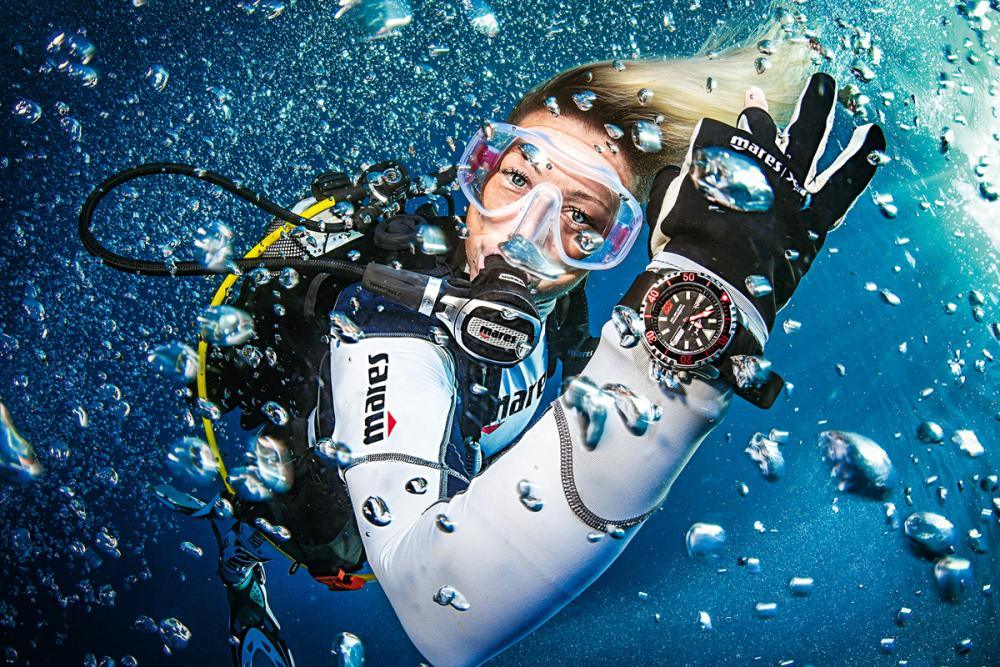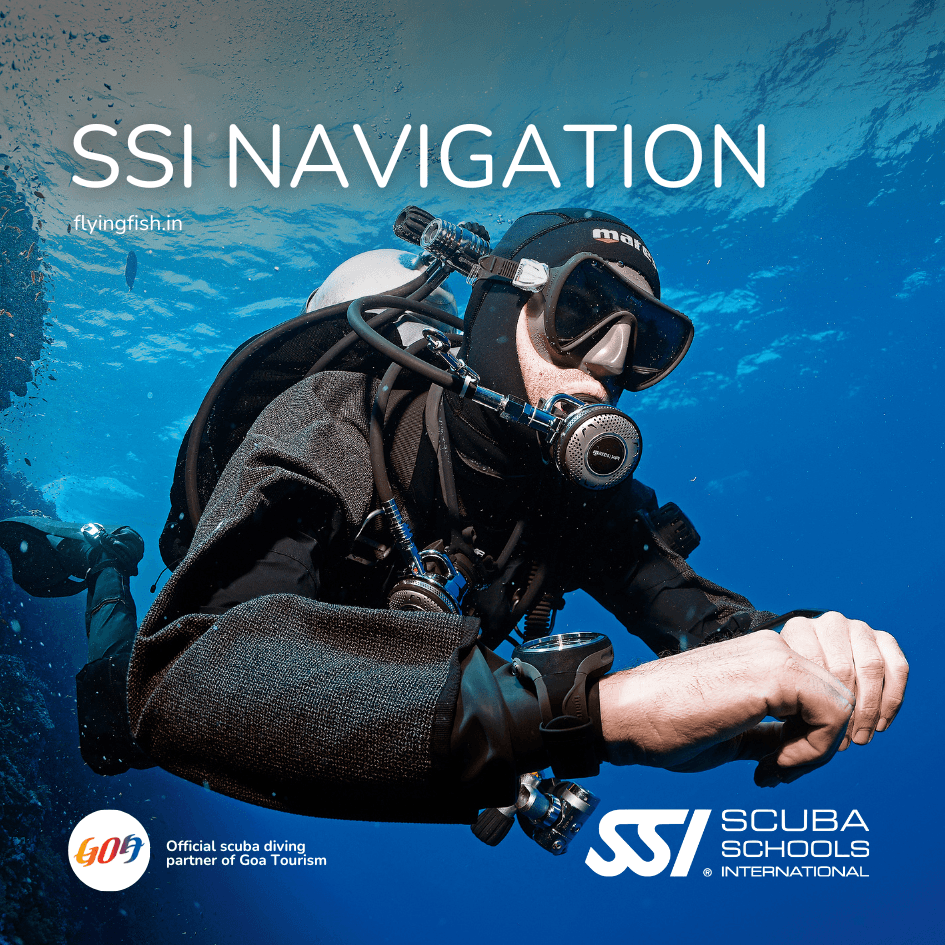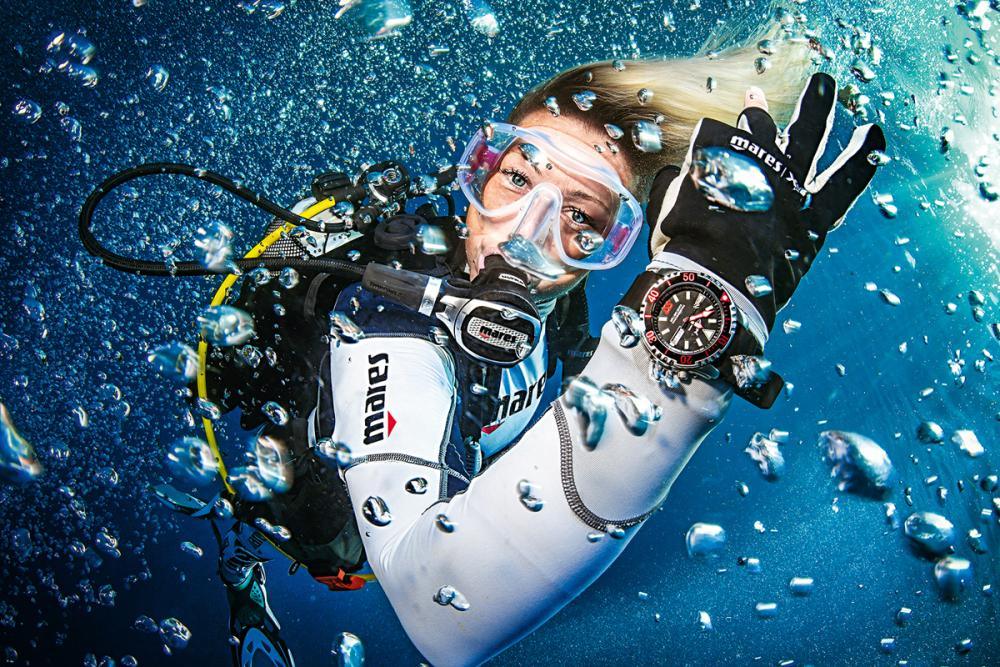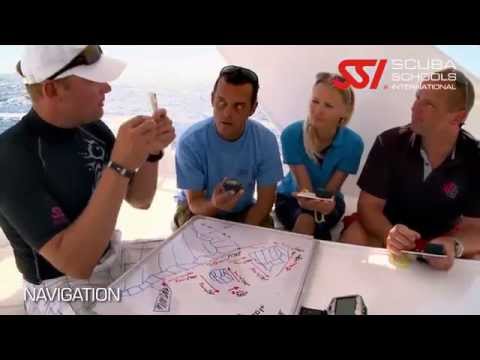Flyingfish Scuba School
SSI Navigation | Scuba Diving in Goa
SSI Navigation | Scuba Diving in Goa
What is the SSI Navigation Specialty course?
What is the SSI Navigation Specialty course?
The SSI Navigation Specialty program teaches divers essential skills to confidently navigate underwater. You’ll learn to use a compass, apply natural navigation techniques, estimate distances, follow basic navigation patterns, and locate or return to a designated point. Successful completion earns you the SSI Navigation Specialty certification.
Why is underwater navigation important for divers?
Why is underwater navigation important for divers?
While Open Water Diver training introduces navigation, many divers rely on a DiveMaster for guidance. Learning navigation independently enhances your comfort, confidence, and self-reliance underwater, allowing you and your dive buddy to navigate entire dive routes without assistance.
What skills will I develop in this course?
What skills will I develop in this course?
You will master:
Compass use for precise underwater navigation
Observing natural features for orientation
Estimating distances underwater
Executing basic navigation patterns
These skills help you move confidently and efficiently through marine environments.
How can I become proficient in underwater navigation?
How can I become proficient in underwater navigation?
Proficiency requires dedication, practice, and hands-on diving experience. By actively using compasses and environmental cues during multiple dives, you develop the confidence and ability to navigate independently in various underwater settings
Couldn't load pickup availability
Share
